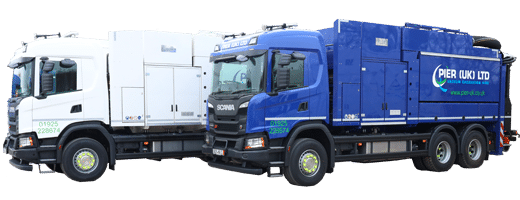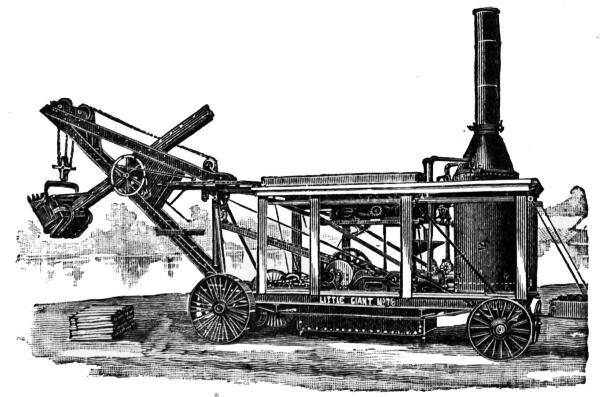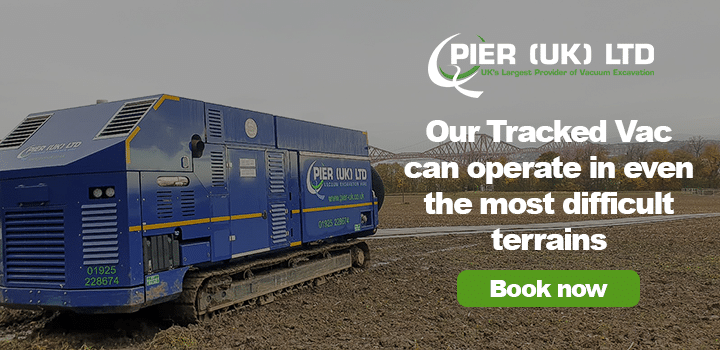With our 20th Anniversary coming up at the end of August, we thought we would take a look back at the history of excavation and how Vacuum Excavation has grown to become the preferred form of excavation for the leading construction and utility companies.
Excavation originally relied on sheer manpower, but in 1796, Grimshaw of Boulton & Watt devised the first steam-powered excavator. Steam shovels developed and became more popular in the latter half of the 19th century. Originally configured with chain hoists, the advent of steel cable in the 1870s allowed for easier rigging to the winches.
Developments in Excavation
During the 1930s, steam shovels were succeeded by simpler, cheaper diesel-powered excavating shovels that were the predecessors of those still in use today. The end of the Second World War created a surge in construction and with the advent of high-pressure hydraulic hoses, this led to the next development in excavation equipment.
In the early 1950s, two German manufacturers Liebherr and Demag introduced the first generation of modern excavators. Both firms put a hydraulic arm onto a 360o swivel platform, one operated on wheels, the other with tracks.
In the UK, Joseph Cyril Bamford founded JCB in 1945. In 1953, they mounted an excavator arm on one end of a tractor and a hydraulic shovel on the other, creating the first backhoe loader – known throughout the world simply as a JCB.
The History of Vacuum Excavation
Vacuum Excavation originates from the use of hydro excavation as far back as the late 1800s, when pressurised water was used for mining in America. Breaking up soil using pressurised water created a cleaner and safer way to dig.
Vacuum Excavation was modified from hydro excavation in the 1950s, with pressurised air replacing water, removing the need for access to water in order to excavate.
From 2000, the demand for Vacuum Excavation led to new designs focused on improving performance on different types of job sites.
Reduced noise facilitated the excavators’ growing use in residential areas. Innovations in nozzle technology concentrated on increasing digging capability while reducing damage to underground utilities. Larger tanks meant machines could stay on sites longer, improving contractor profitability.
But Vacuum Excavators didn’t just get bigger, they got smaller too! Compact units like our City Sucker, combine smaller tanks with improved manoeuvrability in tight work areas.
Vacuum Excavation in the UK
The United Kingdom saw its first modern Vacuum Excavators arrive around 2006. In 2008, PIER (UK) hired their first excavator to safely excavate the ground on a large infrastructure project, completing the job without a single utility strike. Impressed with the safety benefits, we purchased our first Vacuum Excavator at the end of 2008 and haven’t looked back since.
PIER (UK) continued to grow and since 2016 have operated the largest fleet of Vacuum Excavators, not just in the UK, but across Europe.
Since then, PIER (UK) have remained at the forefront of Vacuum Excavation and in 2018 we introduced the UK’s very first Tracked-Vac; an off-road Vacuum Excavator that was specially designed to travel over the roughest of terrain and access otherwise inaccessible sites.
To discover how your project can benefit from Vacuum Excavation, please contact us.



